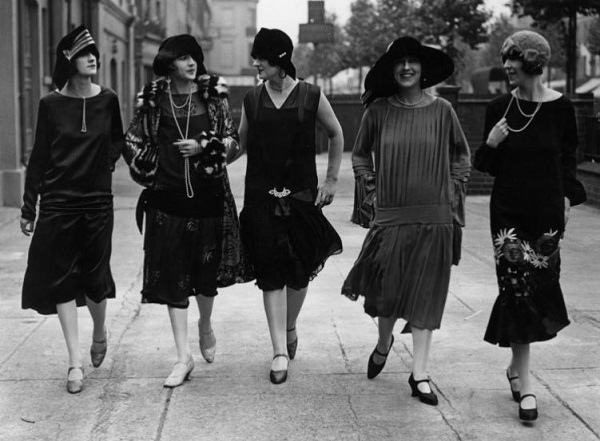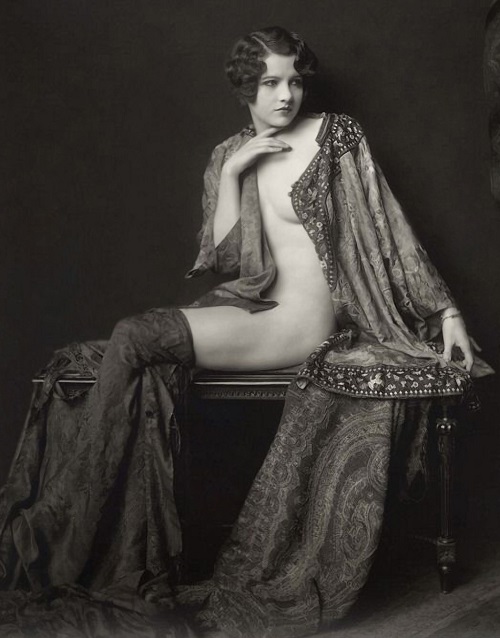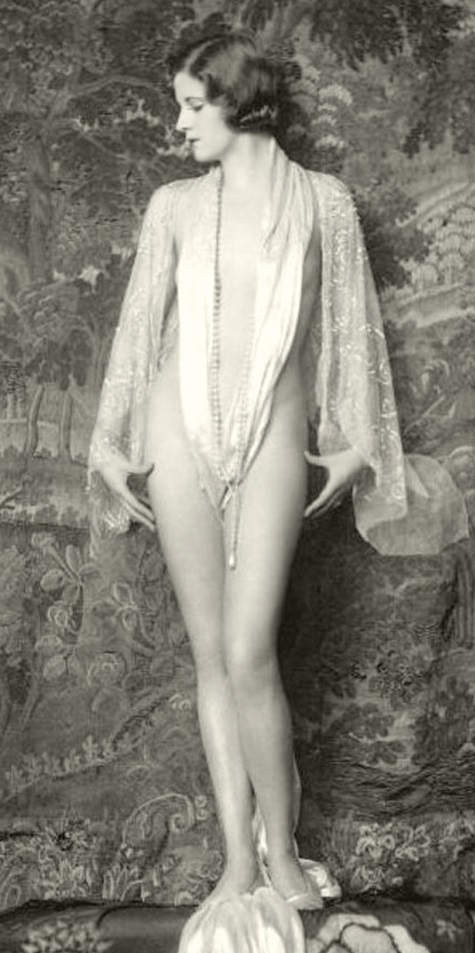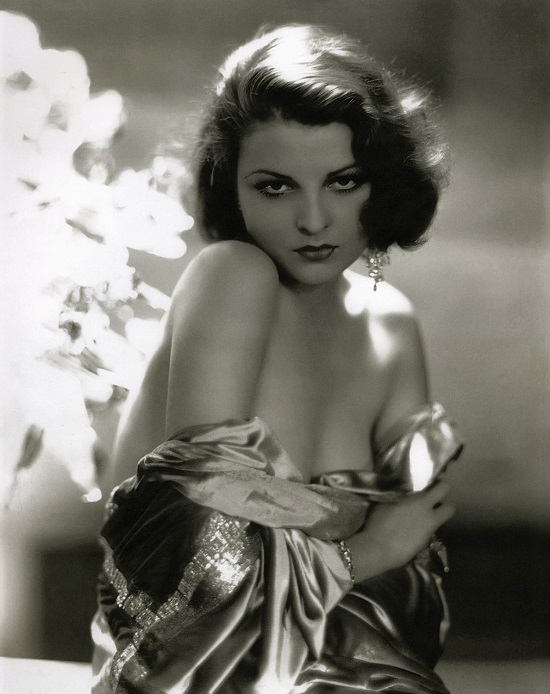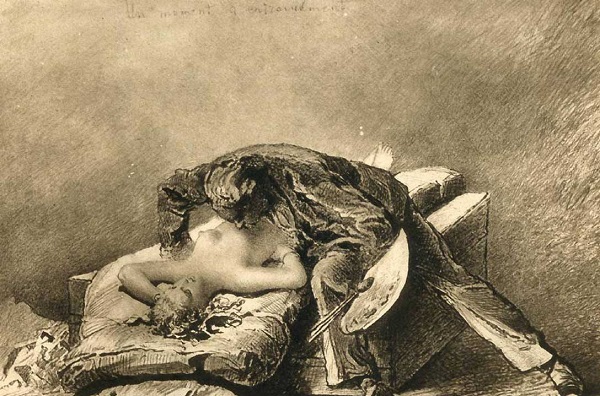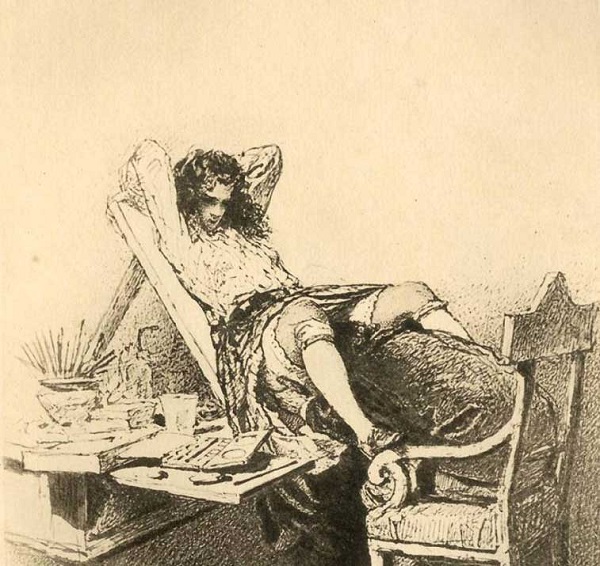Some time back, I spoke a little bit about buying a dress watch, and soon thereafter was asked to do a similar piece for my (few) Lady Readers. That’s a problematic topic for me to tackle, because as always with women, I have very little clue as to what makes them tick [sic] and therefore any advice I have to give must necessarily be fraught with caveats and such. Nevertheless, I’m going to give it a shot.
As with my earlier discussion, I’m not going to argue about the merits and whatever of using a cheap and accurate digital watch, or about the merits or disadvantages of telling time via one’s smart phone. This post, therefore, will look only at the subject of dress watches — such as would be worn on special occasions, or for a job interview or whatever. As with the men’s watches, I’ll set an arbitrary budget of between $2,000 and $8,000 at first, then look at ladies’ watches from a different perspective at the end.
As women (even more than men) tend to treat watches as fashion accessories, something I’ll cover later, it may well be that choices may have to be multiple — i.e. one would wear this watch for that occasion, and that watch for another. Fortunately, women’s watches can be somewhat less expensive than men’s (although once one gets up there… phew), and so I’ll approach the topic from that angle.
Probably the most popular ladies’ watch ever made has been Cartier’s “Tank” model, worn by just about every fashion icon over the years (Jackie O., Princess Grace and so on).

That’s the Tank Americaine model, and while it’s spendy (the gold Cartier Tanks, as shown, can run anywhere from $7,500 to $10,000 depending on the bling level), I would respectfully suggest that if a woman were to own only one watch her whole life, this would be as good a choice as any. (Almost every ladies’ watch in this price range can add precious stones like diamonds or sapphires to the face, which drives the price up considerably. Your choice, your money.)
The stainless steel versions are the Tank Anglaise (also with the rectangular face) which is half the price ($4,000):

…and the Tank Française which is much cheaper (about $3,000) and has a square face:

Still beautiful, in my opinion, if a little more “masculine”, perhaps. But there are other brand options, so let’s look at a few. All three below are square-faced, and run around $3,000:

As with all things female, branding seems to be important — but I should mention that the lesser-known Baume & Mercier will have (I believe) a better action than the other two because the “fashion” brands carry a premium over their nominal price, for not necessarily better quality.
Should Madame prefer watches with a round face, or ones that look a tad more practical, there are these options, again all costing around $3,000:

“Nomos” is apparently watchmaker Glashutte’s “budget” line — GH watches typically cost well over $10,000 — and having myself owned a men’s Omega Aqua Terra before, it goes recommended; but Tag Heuer is excellent too.
Obviously, if a lady requires a very practical watch — Mrs. Free Market owns a Breitling because of her yachting “hobby” (obsession) — there are those types too, but be aware that their prices are usually well above what we’re looking at today.
I would also be remiss if I didn’t look at two of my favorite watch brands as well. Here are two from Jaeger-LeCoultre, at about $8,000 each:

..and another two from IWC, these running about $5,500 to $7,500 each:

Both the above are downsized versions of IWC’s Men’s Pilot- and Portofino variants.
Now let’s look away from the “one dress watch” category for the moment and examine watches instead as a fashion accessory — i.e. ones that can be matched to a particular outfit or occasion such as a garden party or suchlike. Here, the watches are considerably cheaper for the simple reason that Madame would probably prefer to have several different types. Here are some examples from the Olivia Burton line, which cost around $100 each:
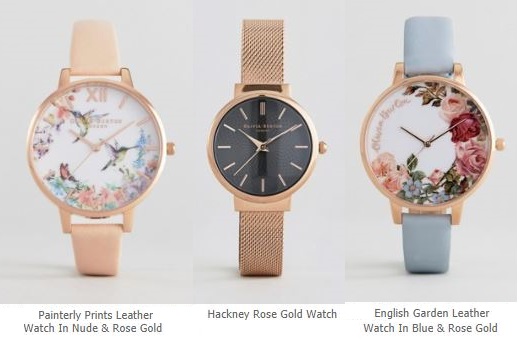
OB is owned by Movado, so while they’re not Omega or Piguet, they’re not complete crap, either.
And should Madame wish to match her watch with her purse, here are some Michael Kors watches, each costing around $200 (i.e. somewhat less than the hand bags):

Frankly, however, if I talk any more about watches of this ilk, I’ll need to go and shoot something just to restore my testosterone levels.
Let me then, suggest a watch for those ladies who are independently wealthy, or who have indulgent husbands / long-time partners. It’s one for the ages, being feminine, practical, of high quality and eclectic enough so that anyone who knows anything about watches will give an approving nod. It’s a lottery watch, in other words (just as the Vacheron Constantine 1907 is my lottery watch), and because I’m an unashamed sucker for women, you get two choices, each costing around $30,000: a “plain” (classic) and something a little more ummm decorative.
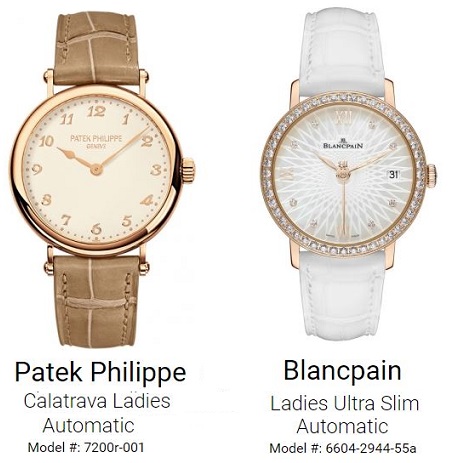
Ladies: am I completely off-base here? (Wouldn’t be the first time.) Your thoughts in Comments, please.
